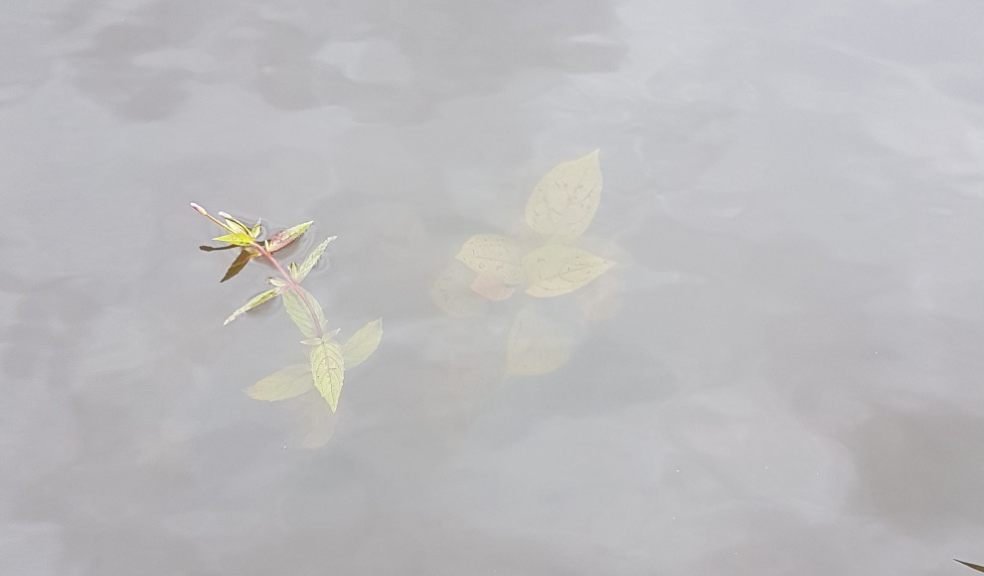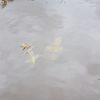
Flooding hastens spread of Japanese knotweed across Devon
Heavy rainfall across the south west of England in autumn 2019[1] will have prompted the spread of invasive plants such as Japanese knotweed, Giant Hogweed and Himalayan Balsam, which can hitch a ride in floodwater to spread and take hold in new locations, warns Environet UK.
Homeowners who live near watercourses, particularly those in areas hit by severe flooding in recent months such as Plymouth, Helston and Penzance, are particularly at risk and should be vigilant for new infestations appearing this spring.
Most of England received above average rainfall in autumn 2019, with Holne on the southern edge of Dartmoor in Devon reported by the Met Office to be the location with the highest total of rainfall throughout the autumn. Several major rivers burst their banks, flooding homes and neighbourhoods.
Flooding is a significant cause of Japanese knotweed spread, when pieces of rhizome break away from the parent plant and are carried away before taking hold in new locations. Once established, they quickly spread and are very difficult to remove, posing a threat to nearby homes and property.
Nic Seal, Founder and Managing Director of Environet said, “Homeowners across Devon and Cornwall whose homes and neighbourhoods have been recently flooded should be extra vigilant for signs of invasive plants appearing this spring. Rising water levels and floods are a major cause of bank erosion, meaning pieces of invasive plants can break away and hitch a ride to new locations where they will happily start growing a couple of months from now.
“If identified and dealt with quickly, removing them will be fairly straightforward, but new infestations can become a major problem if left unchecked and allowed to become established. People with properties that back on to watercourses are particularly at risk and should move quickly to assess any new green shoots as they emerge.”
The presence of Japanese knotweed on a property or nearby can make it difficult to sell and can cause damage to driveways, drainage and brickwork if left untreated. In order to sell the property in the future, evidence of a professional treatment plan will be required by mortgage lenders with an insurance-backed guarantee.
Other undesirable invasive plants such as Himalayan Balsam and Giant Hogweed can also disperse their seeds in floodwater, enabling them to spread vast distances. Although sellers are not required by law to inform buyers if these invasive plants are present, they could still act as a deterrent and are difficult to treat without professional help.
Environet offers a free identification service where homeowners who are worried about a plant can send a photograph for review at expert@environetuk.com. Homeowners who live in an area heavily affected by Japanese knotweed, where risk of spreading via floodwater may be higher, can visit Exposed: The Japanese Knotweed Heatmap and enter their postcode to discover the number of infestations near their home.

















